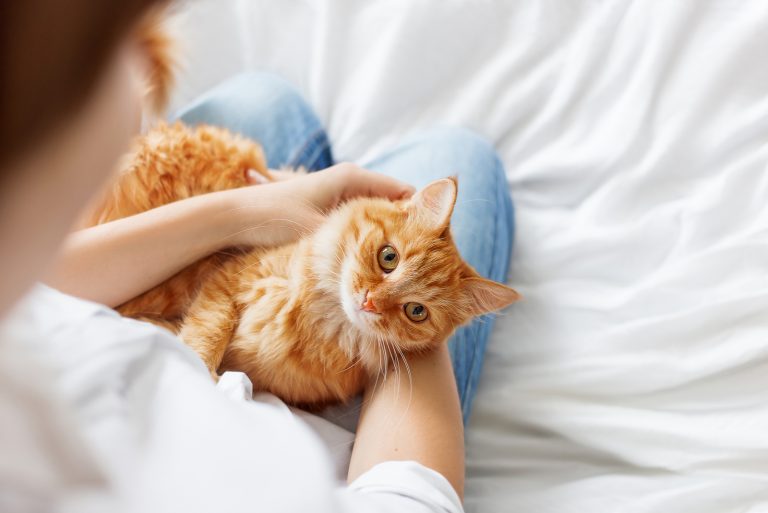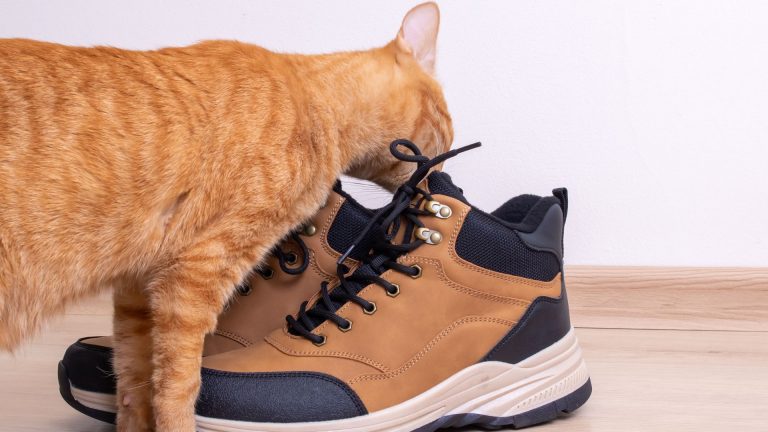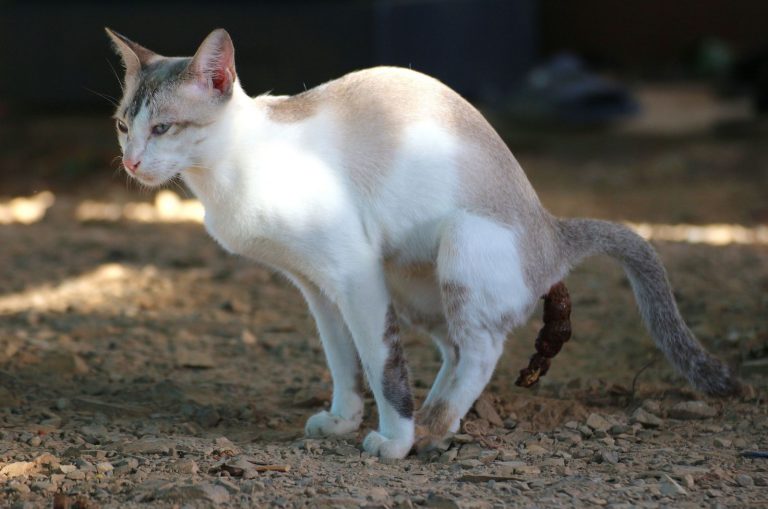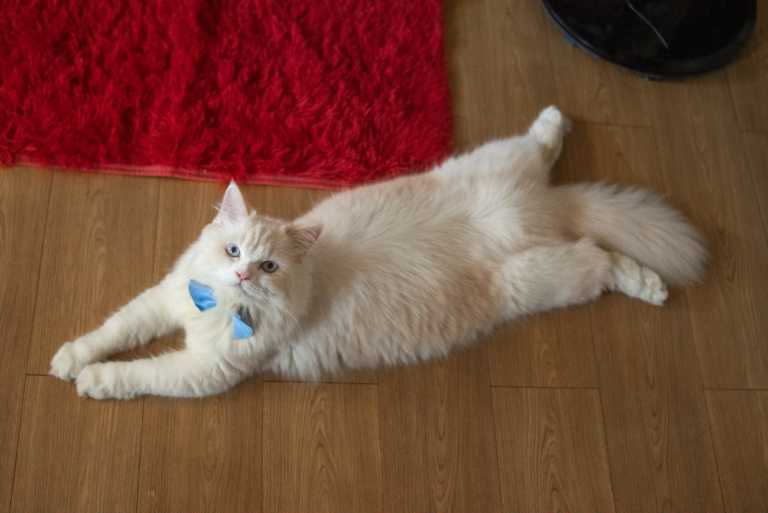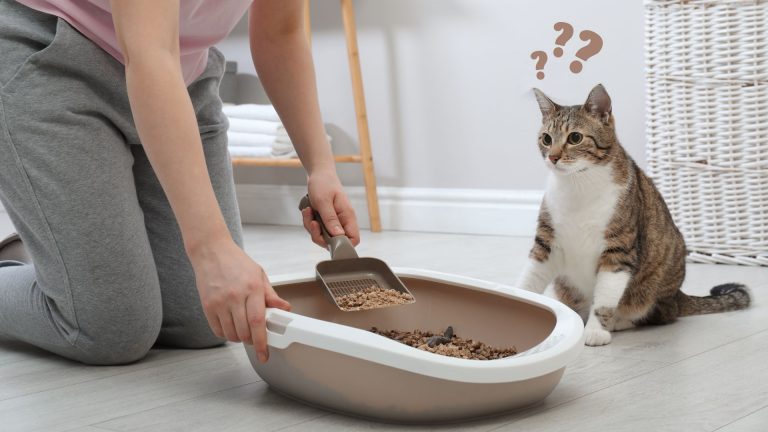What Are Inbred Cats? What Do We Need To Know About It?
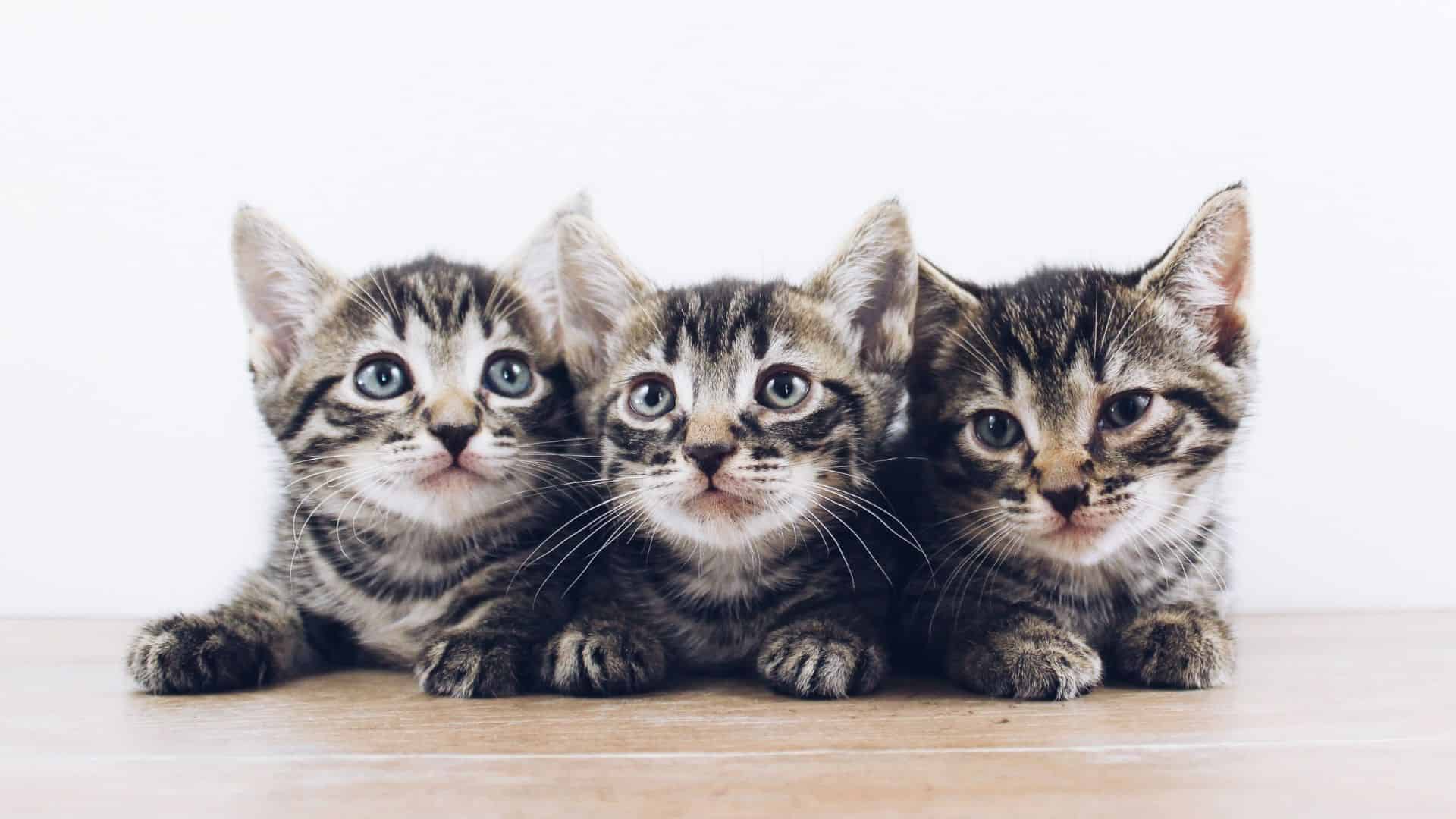
Perhaps you own a pair of sibling cats, or you want to know more about the topic of inbreeding, stick around.
It’s always a good thing when pet owners educate themselves on anything that might have an influence on their pet’s health and their pets in general. Breeding is a natural and instinctive behavior all animals experience, and inbreeding is as well.
Inbred cats are those cats that were born to two related parent cats. While this may sound weird, it’s actually not. Cats can’t discern “family” from “friends”, and the act of mating is purely natural.
Continue reading to learn more about inbred cats and the possible risks and benefits of inbreeding.
What Are Inbred Cats?
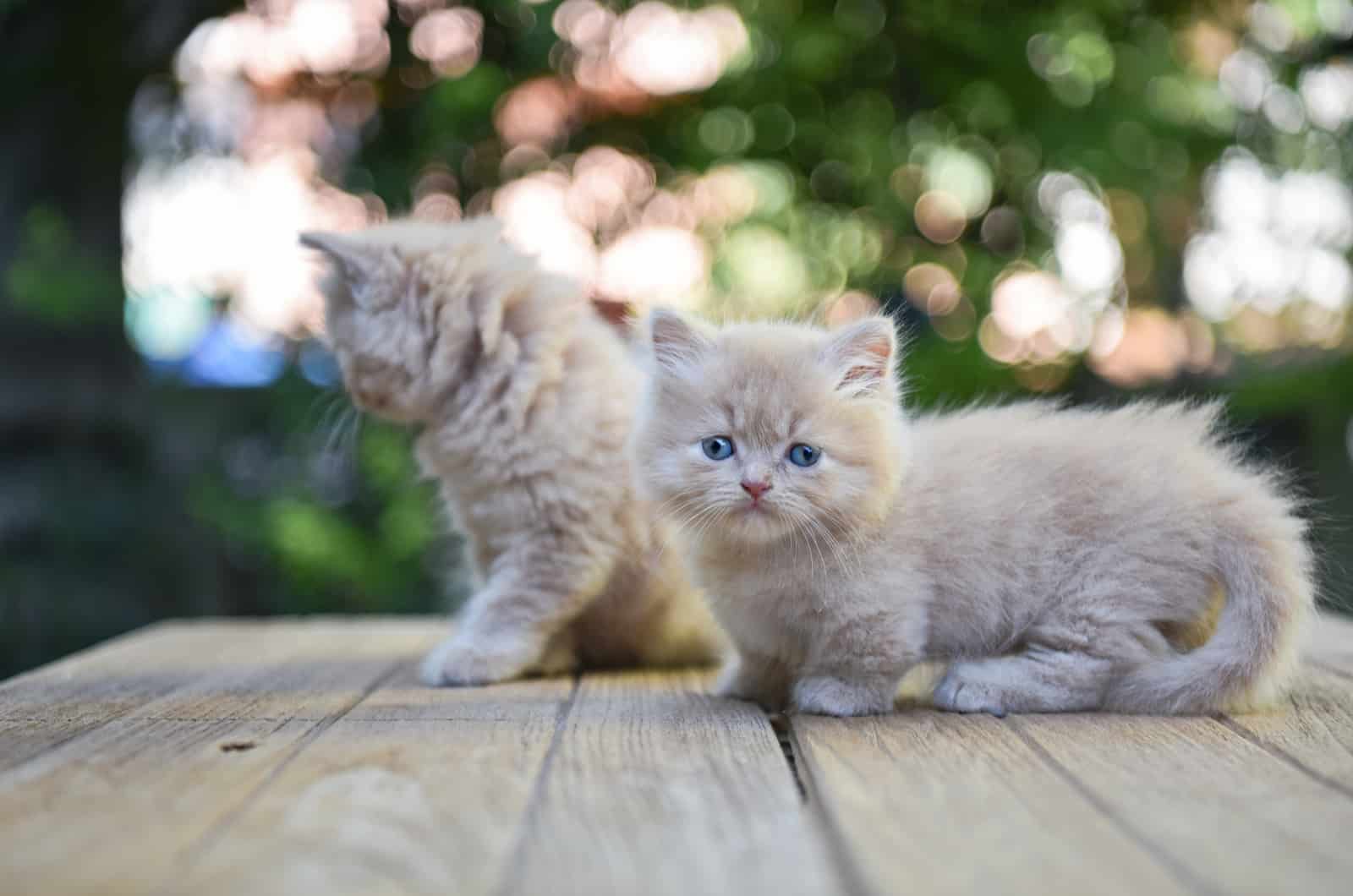
Inbred cats are cats that were born by breeding two related cats. Inbreeding often happens when you own several cats which aren’t neutered/spayed, so they mate.
Mating is a natural need, and it’s normal that your cats want to mate with each other since they can’t discern who they are related to. When your cat goes into heat, he or she will want to mate with any cat that is nearby.
It doesn’t matter if that cat is related to it or not. Inbreeding is most often a problem with your indoor cats, who you haven’t castrated/spayed. Generally, inbred cats are born perfectly normal, but if they are overbred, it might lead to problems.
Cats born to a bloodline of multiple inbreds might suffer from various health problems, such as chronic medical conditions or even physical deformities.
The Exact Meaning Of Inbreeding
Inbreeding, at first, might seem like the wrong thing to do. However, it’s quite common among cats as well as other animal species.
Even though it has some benefits, which I’ll later mention, inbreeding tends to cause severe health issues, birth defects, or behavioral issues in cats. What is inbreeding exactly? It’s the mating of related animals.
This could be mother cats with their sons, or it could be siblings mating with each other. Some breeders do this in order to preserve the desired traits of their cats.
Some cat fanciers, together with cat breeders, may also benefit from inbreeding since the litter it produces has a higher chance of carrying the parents’ desirable genes.
Inbreeding is a recognized practice, as well as part of the natural behavior of cats since they can’t recognize or differentiate which cat is their relative and which isn’t. Unneutered cats of the same litter often mate with one another, be it sibling pet cats or feral cats.
What Are The Signs Of An Inbred Cat?
You will not always be able to notice the signs of inbreeding in cats since there are many signs that can potentially signify inbreeding.
One of those signs is a weak immune system since it appears that inbred cats are more vulnerable, and they tend to grow smaller than regular domestic breeds.
So, the primary signs of an inbred kitten are smaller stature, size, and lighter weight than a typical kitten of the same breed. As adults, inbred cats tend to be smaller as well.
Different Breeding Strategies
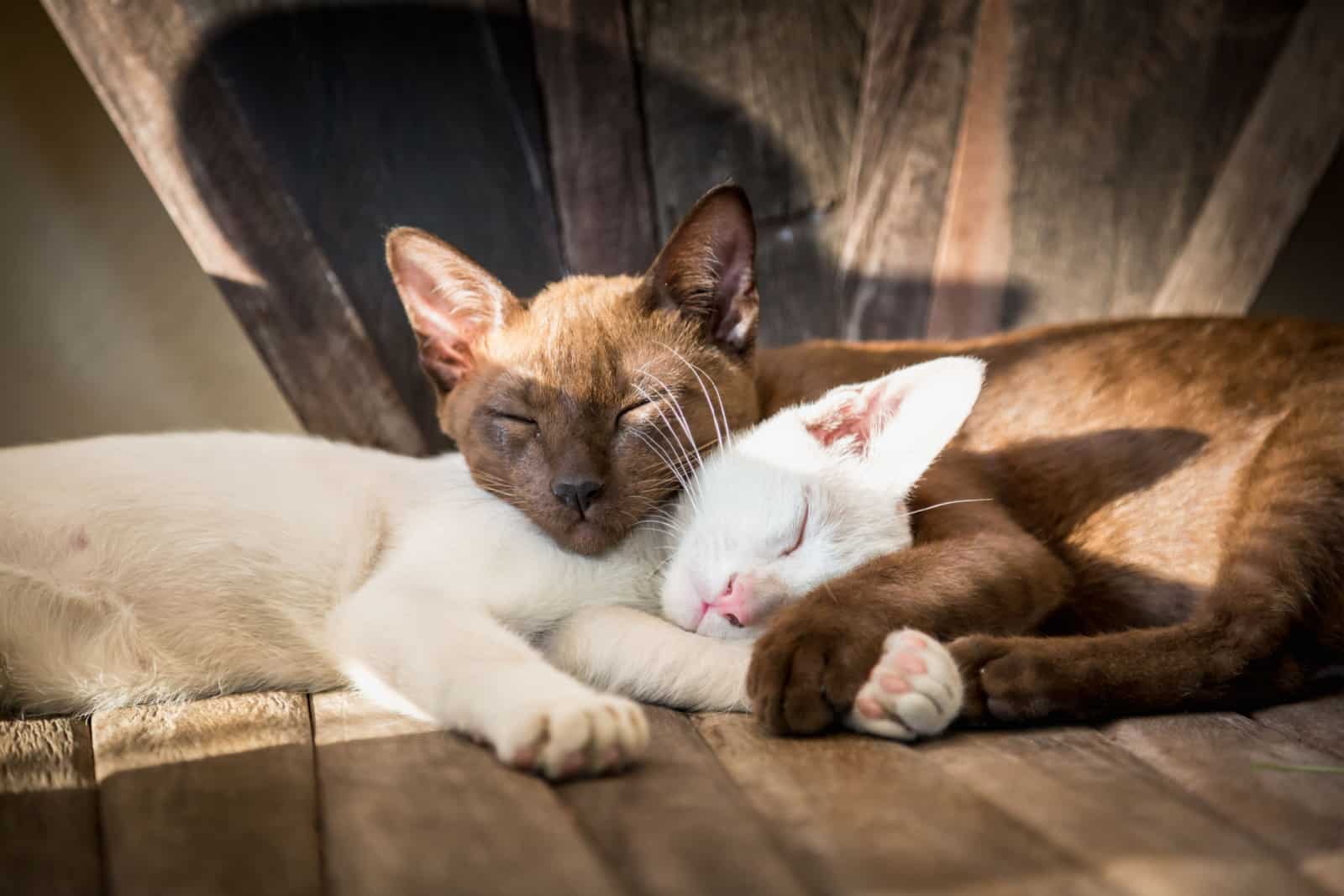
There are different breeding strategies that reputable breeders use, including:
• Line breeding – responsible breeders most often choose this breeding strategy, which involves animals, in this case cats, that belong to the same breed but come from different bloodlines, i.e. pedigrees.
In the case of line breeding, there is little or no family relation between the two cats, but the cats share similar traits. This way, the breeders get the good show-quality traits of both parent cats while avoiding the risk of genetic issues in the kittens.
• Crossbreeding – this strategy includes breeding two different breeds of cats; they don’t have any family ties. The physical traits of parent cats sometimes can’t be entirely preserved and passed on to their kittens.
• Inbreeding – as you know, this is the breeding of cats that are related.
• Outbreeding – this strategy involves breeding cats of the same breed but from different bloodlines and with very different traits.
Similarly to line breeding, these cats don’t have any relation in their ancestry, but also, the desired physical traits might not be preserved in their kittens.
Why Do Breeders Do This?
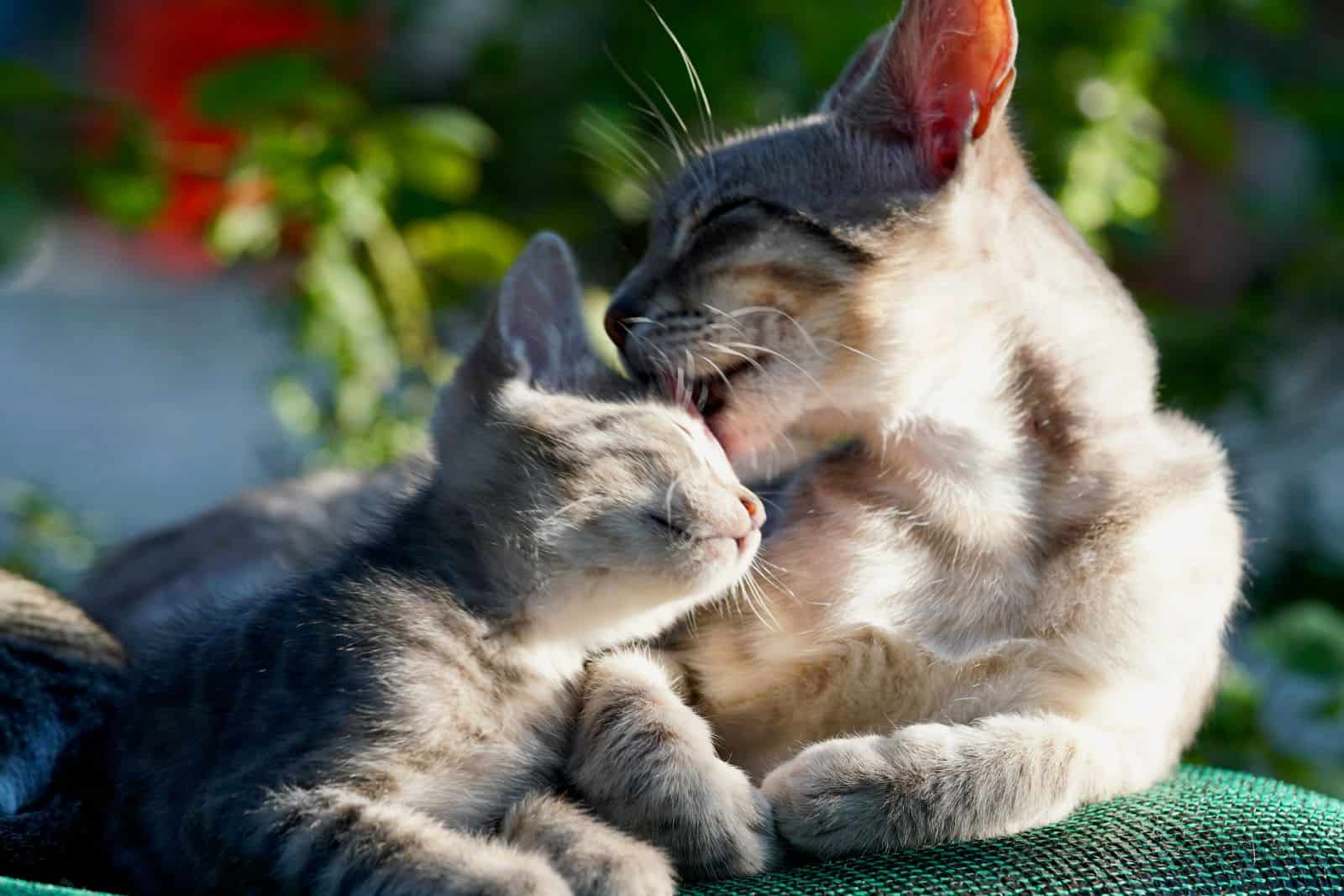
Breeders who opt for an inbreeding strategy mostly do it for the predictability it offers. Some cat fanciers find this strategy valuable since they usually get remarkable kittens.
Some breeders do it to preserve or gain the desired traits in their future litters in order to meet the breed standard and ensure their cats are highly praised.
They get desired traits in their cats, who they later mate, and after some time, sometimes even after the second or first generation of kittens, they preserve the desired trait and pass them on to future litters.
Basically, why a lot of breeders choose inbreeding, is because it allows them to predict the looks of their future offspring.
You might also want to read: Do Cats With Down Syndrome Exist? A Popular Misconception
Reasons Why Cats Inbreed?
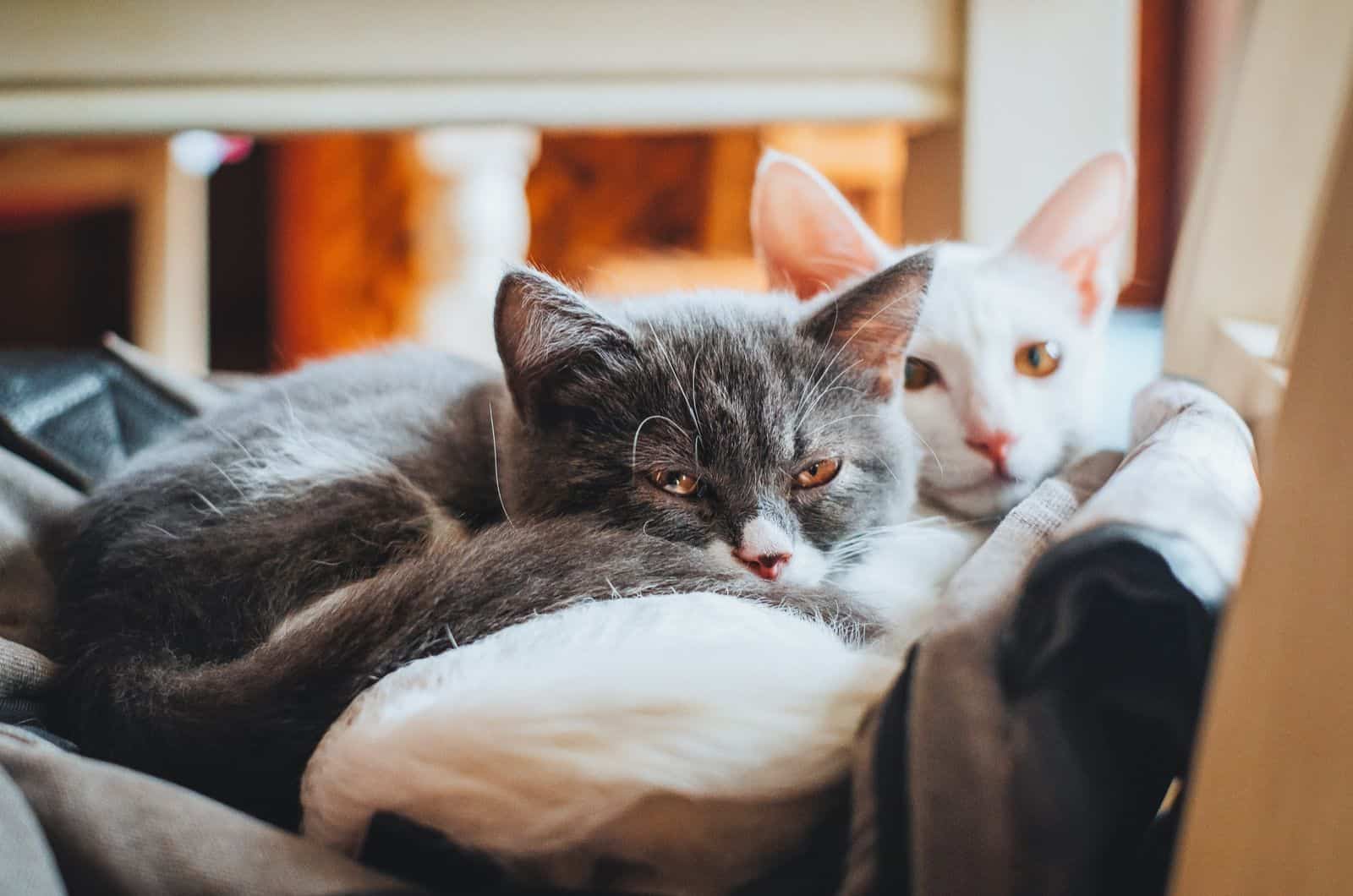
In general, cats inbreed because it’s their natural behavior. In most cases, cats inbreed because they’re isolated from the rest of the cat population, and their relatives are the only cats they are familiar with.
Here are some of the most common explanations for why cats inbreed.
1. Cats Don’t Understand There Are Potential Inbreeding Problems
I mentioned before that the result of inbreeding could be certain health problems or even physical deformities. However, cats simply can’t comprehend this idea.
Cats don’t realize that inbreeding can lead to potential problems, and this is why they will still try and mate with any cat, whether it is related to them or not.
2. Cats Can’t Discern Close Relatives From Non-Related Cats
Cats don’t differentiate between their littermates or parents, especially not in the way that people do. As soon as they become sexually mature, cats will look for a mate.
Mating for cats doesn’t relate to love or anything like that, it’s a purely instinctive and natural behavior.
3. Unneutered & Unspayed Cats Living Together
If you want to adopt two siblings but don’t want them to mate and you have no intention of fostering any new kittens, you should have them neutered and spayed.
This is recommended for all cat owners who don’t want kittens, especially for those who adopt siblings or cats that are in any way related. This behavior is instinctive for all cats, so it’s best to have them spayed and/or neutered on time.
4. Cats Live In An Isolated Place
Cats that live in an isolated area, be it a case of feral colonies or indoor pet cats, are more likely to inbreed since they don’t have many mates to choose from.
Cats that live in an isolated area, for example, related indoor cats that are limited to your home only, are more likely to mate with their relatives.
Just to remind you again, cats don’t know that they’re related to the cat they’re trying to mate with, they’re just following their instincts.
5. There Are No “Social Norms”
As I’ve said, cats don’t see their relatives, mom or dad, or siblings, the same way people do. So there are no social norms in their world, as there are in ours.
The act of mating is simply instinctual for them, and as a result, inbreeding cats isn’t a taboo topic. If you don’t want it to happen, you should neuter/spay your pet cats.
Is It Normal?
It’s in the cats’ nature to breed, and unsupervised pet cats or feral cats tend to mate with one another because, as I already said, they don’t know that they are closely related cats.
Kittens that belong to the same litter might also try and mate with each other if you don’t neuter/spay them. As soon as your cat becomes sexually mature, it will get the urge to mate, as well as start vocalizing more, spraying, and looking for a mate.
If you have just adopted new sibling cats of the opposite sex, consider neutering and spaying them, so you avoid unwanted pregnancies and inbreeding overall.
Is It Bad?
Inbreeding isn’t necessarily bad for cats, but it can be. Cat parents are unlikely to be affected by inbreeding, but their kittens might suffer from certain medical conditions, congenital abnormalities, or disabilities.
The effects of inbreeding can be harmful or painful and can even affect their average lifespan. This, in particular, is why inbreeding on purpose is actually not advised.
You might also be interested in: Fading Kitten Syndrome – A Guide On How To Recognize It Early
Problems With Inbred Cats
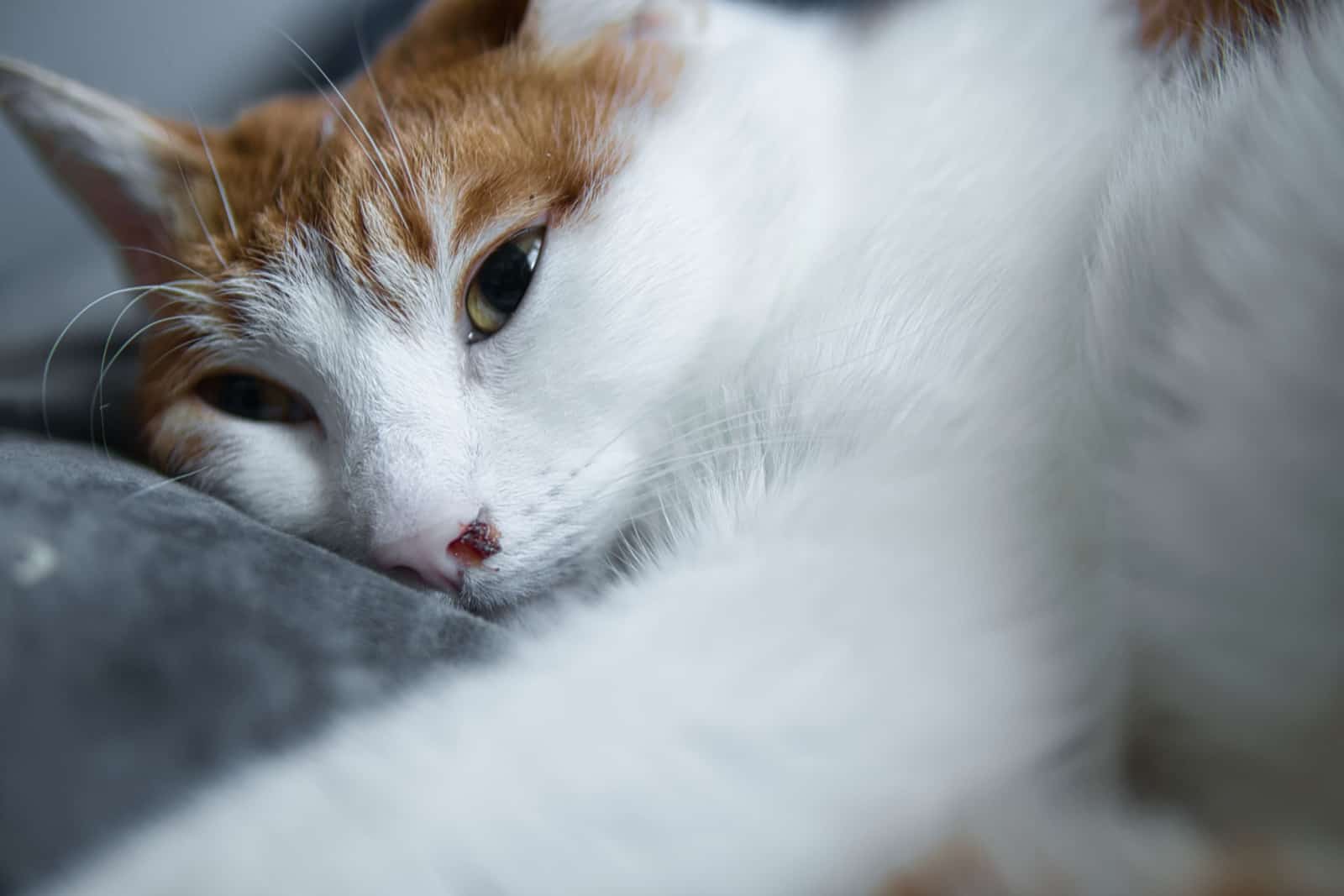
As I already said, inbreeding can lead to genetic defects or problems related to genetics and even cause genetic mutations in kittens that can be fatal for them. The most common health issues inbred cats suffer from are as follows:
1. Physical Deformity
Inbreeding cats can greatly increase the chances of getting the desired and avoiding the unwanted traits in the future litter, but it can also increase the chance of kittens being born with physical deformities.
They could either have some difference in physical characteristics of their breed, like a stumpy tail, short legs, or crooked noses. Or they can be born with abnormal eye symmetry or a misaligned jaw, for example, which can lead to other health issues.
2. Inherited Health Conditions
Inbred cats, especially of certain cat breeds, are much more prone to developing certain diseases than purebreds of the same breed. For example, cat breeds with short legs are generally more prone to kidney diseases and joint problems.
3. Weaker Immune Systems
Inbreeding results in a lack of genetic diversity, which can easily lead to immune deficiencies. This signifies that the cat’s immune system probably lacks alleles that would otherwise be acquired through genetic variation.
Because of this, inbred cats won’t develop strong immune systems and won’t be able to fight off stronger infections. They will be more vulnerable to a lot of diseases that purebred cats, let’s say, can easily fight off.
4. Hereditary Abnormalities
Excessive inbreeding can lead to infertile cats. It usually also leads to litters with physical deformities and small litter sizes. Both male and female cats are predisposed to infertility as well.
5. They Generally Weigh Less Than Purebreds
Inbred kittens (and cats) tend to be smaller in size than purebred cats. With that, poor health, weight loss, or relatively less weight than other cats of the same breed are all signs of your inbred cat’s condition getting worse.
Common Inbreeding Problems

Other than the problems I’ve discussed in the previous section and the issue of inbreeding for predictability (which is what I said breeders who choose inbreeding strategy choose to do), the following are the most evident problems associated with inbreeding.
Hereditary Health Issues
Inbreeding is considered to increase the risk of genetic defects occurring in felines. Both purebred and mixed breeds of cats are susceptible to hereditary health problems and diseases, but they are more present in pedigree cats.
Some breeds are more inbred than others, but it’s not that easy to conclude which of them is genetically healthier.
Some cat breeds have more diseases and conditions associated with them, but that doesn’t necessarily mean that some other, or perhaps a new breed of cat, isn’t prone to them. It just means that a certain breed has been examined more.
This means the genetic pattern of the disease is identified more as well. For example, it is known that Maine Coons are more predisposed to HCM, but that doesn’t immediately mean that Ragamuffins are not.
It’s just that Maine Coons have been examined far more, so certain health conditions are more evident in them. There are certain breeds that are an exception to this “rule”, those include cats bred for their disorders, like the Scottish Fold, for example.
Its breeding process involves a genetic mutation that affects their ear development, so their ears remain folded.
See also: RagaMuffin Vs Ragdoll Cat: May The Best Breed Win!
Overbreeding The Inbreds
After a certain number of generations, excessive inbreeding becomes evident. Some signs that show the inbreds are being overbred include small litter sizes, misaligned jaws, or eye asymmetry, for example.
Female and male cats can experience low fertility, whereas younger inbreds are more prone to developing cancers.
Behavior Of Inbred Cats
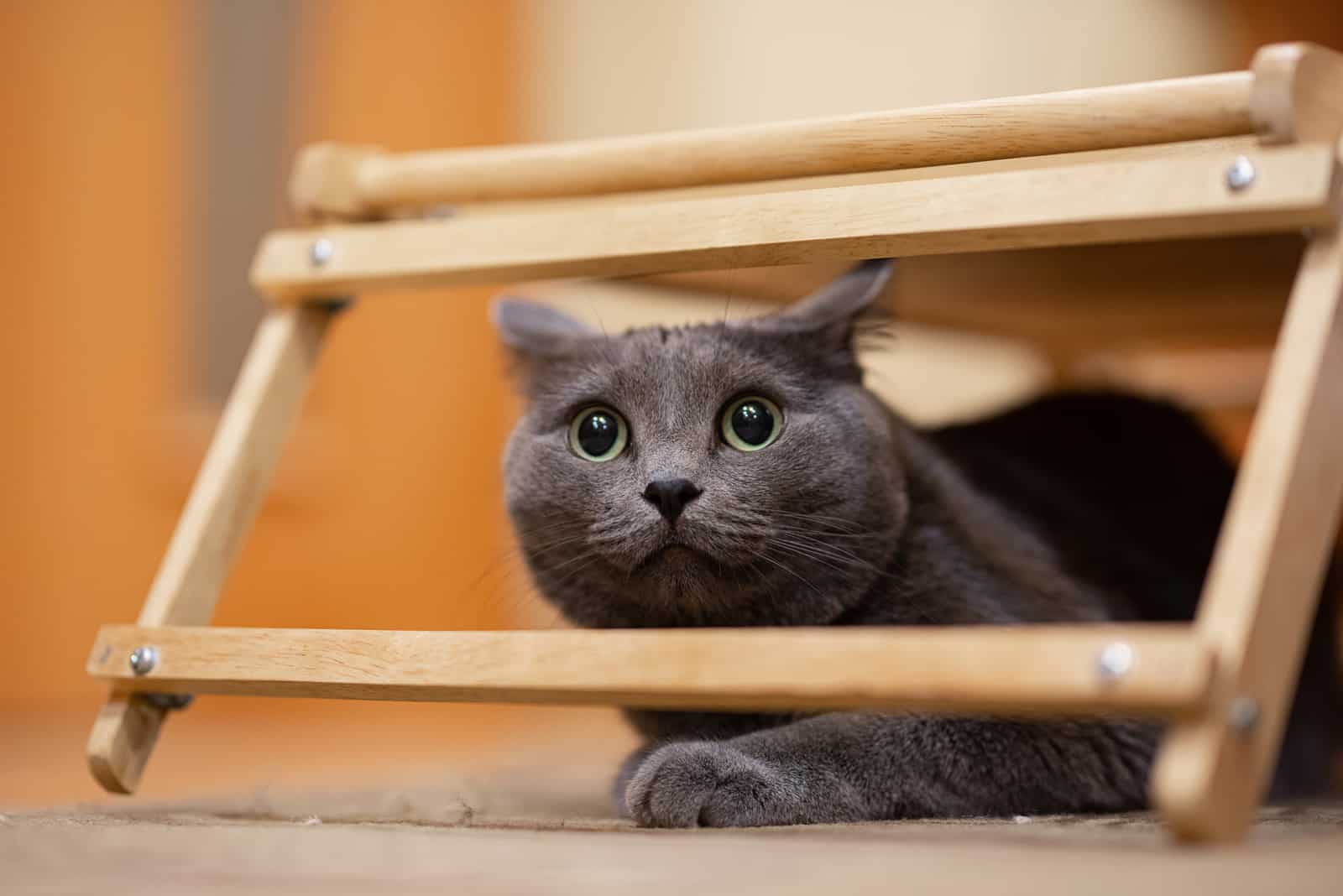
There are many people who believe that inbred cats typically have behavioral problems, but that’s not always true. There are situations where inbred kittens are born healthy and grow up without any significant behavioral issues.
Behavioral issues are more likely to occur after a few generations. Those inbreds may display aggression toward their owners or other pets. Excessively inbred cats tend to get scared or defensive, and they might also dislike socialization with people.
Inbred cats that have been overbred might be feral and difficult to domesticate. They’re quite difficult to train, especially compared to purebred cats. This is why inbred cats are usually abandoned and less popular as pets.
Are Most Cats Inbred?

Most cats are, in fact, the result of inbreeding, either born in feral colonies or bred by a certified breeder. It’s a cat’s natural instinct to mate, so inbreeding is also natural.
Some breeders, as I mentioned before, prefer inbreeding because it produces desired traits which brings them a better kitten price as well.
However, there are still breeders who prefer responsible, ethical, selective breeding because they want to ensure that their kittens will be free of genetic defects. If you want to buy a purebred and healthy kitten, always look for a reputable and registered breeder.
What About White Cats?
Not all white cats are inbred, but I get why this is discussed a lot. The process of inbreeding allows the breeders to control the kittens’ physical traits to a large extent, so it’s likely that pure white coats in some cats are the result of inbreeding.
Average Lifespan Of Inbred Cats
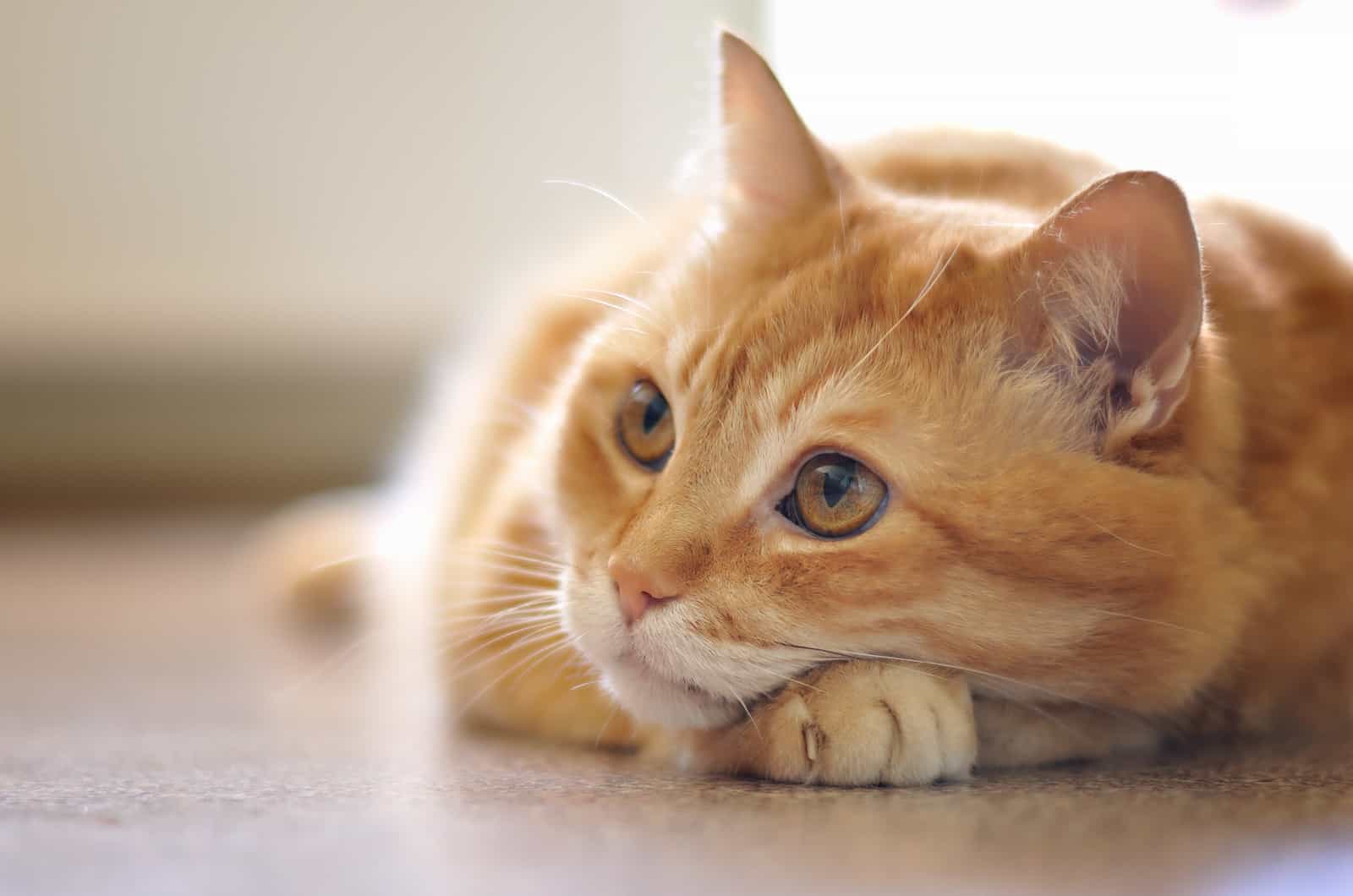
Inbred cats’ lifespan is largely influenced by the number of generations that were inbred.
Some inbred cats have relatively long lifespans, while inbreds that were born after many generations are likely to suffer more severe health issues, which are more likely to shorten their life expectancy.
All in all, inbred cats generally have shorter lifespans than “normally-bred” cats. It’s not an exact rule, but generally speaking, inbreeding shortens their average lifespan.
Final Thoughts On Inbred Cats
To conclude, inbred cats are cats born from related parents. They are usually more predisposed to genetic and hereditary diseases.
Inbreeding is a natural occurrence among cats, and some breeders use it as a breeding strategy. Inbred kittens, born to first generations, are overall the healthiest, and every next generation is more and more likely to develop abnormalities and defects.
If you want to prevent your cats from inbreeding, it’s best to have them neutered and spayed, so you don’t have to worry about it. I hope this article clarifies your doubt and answers the questions you might have had.

